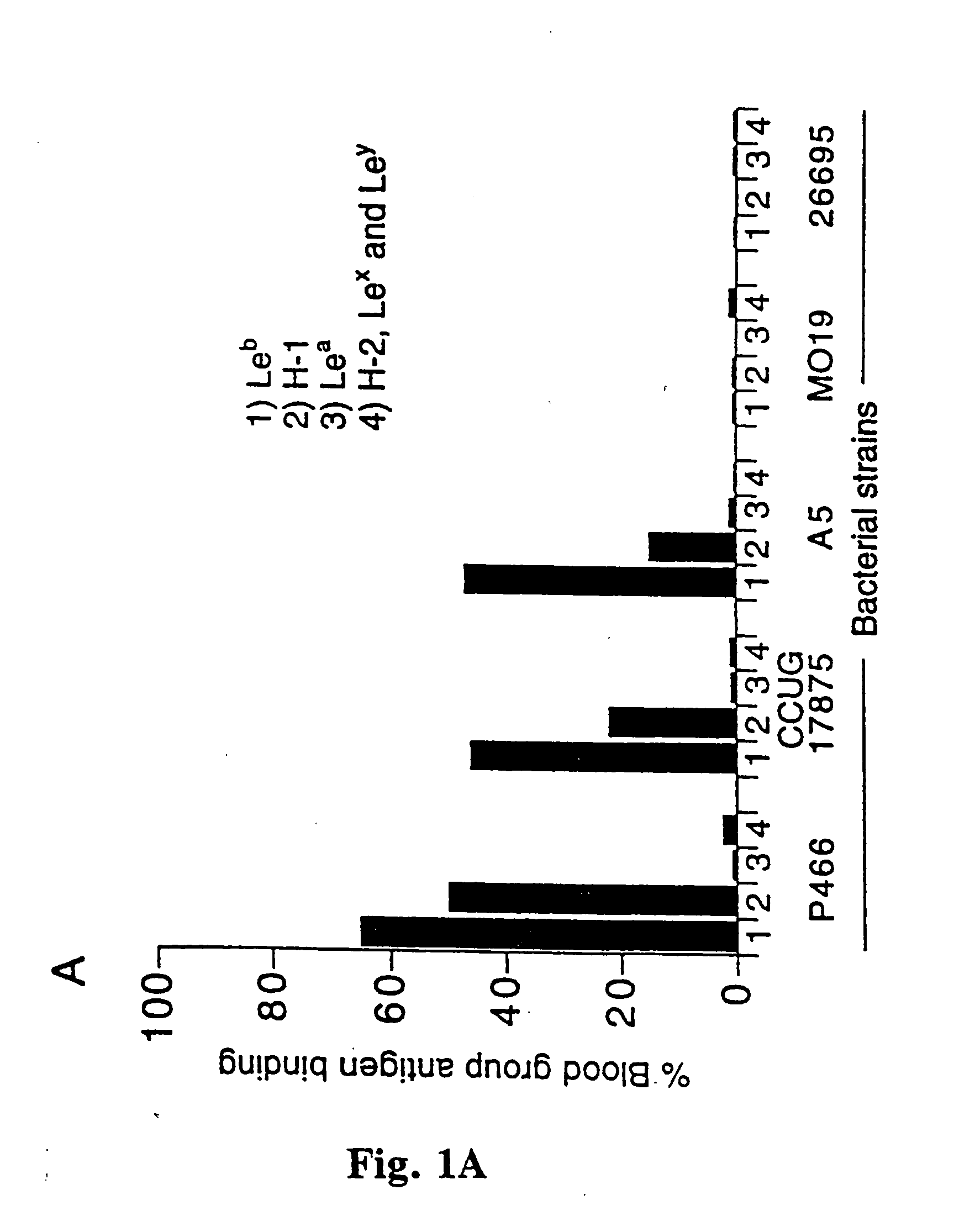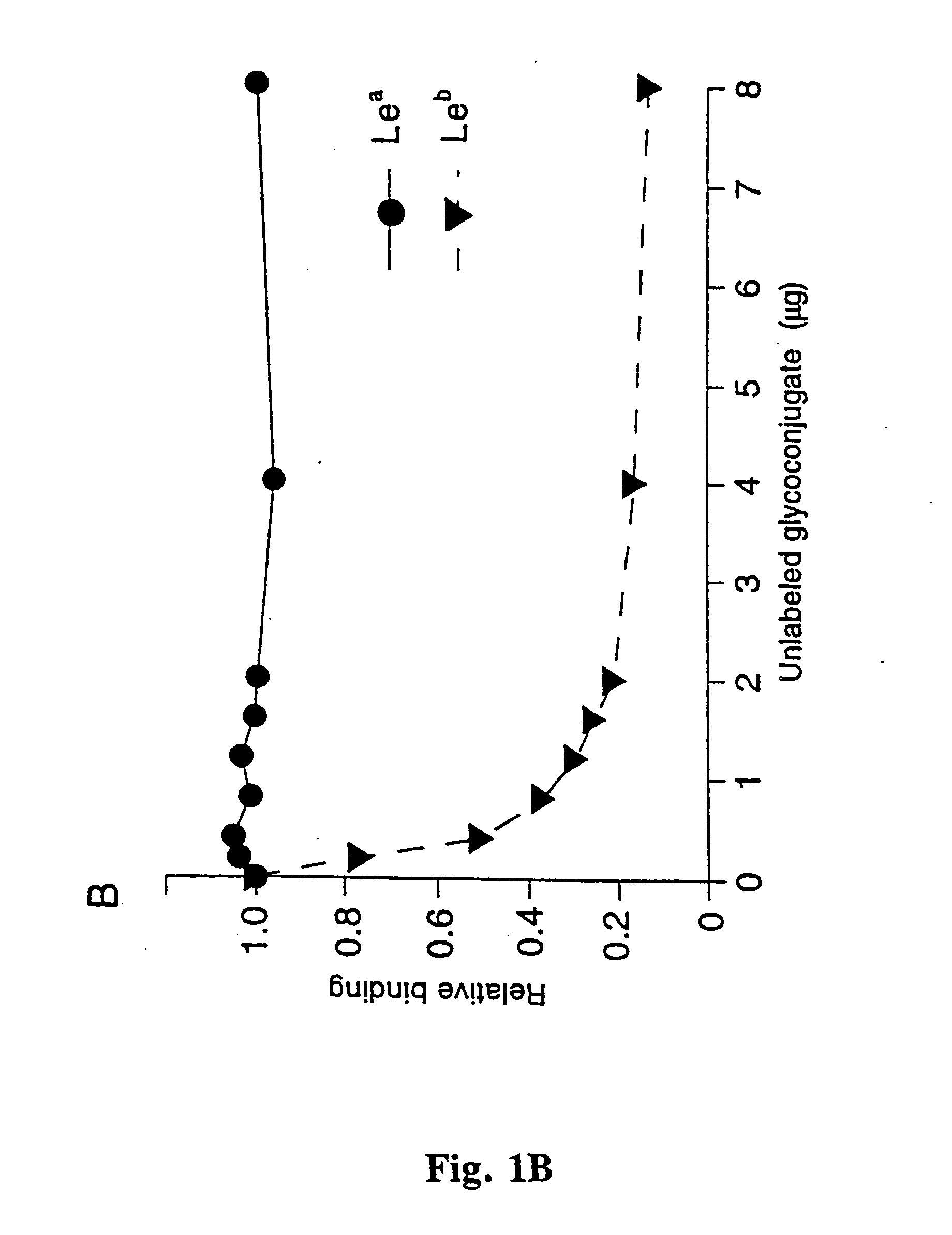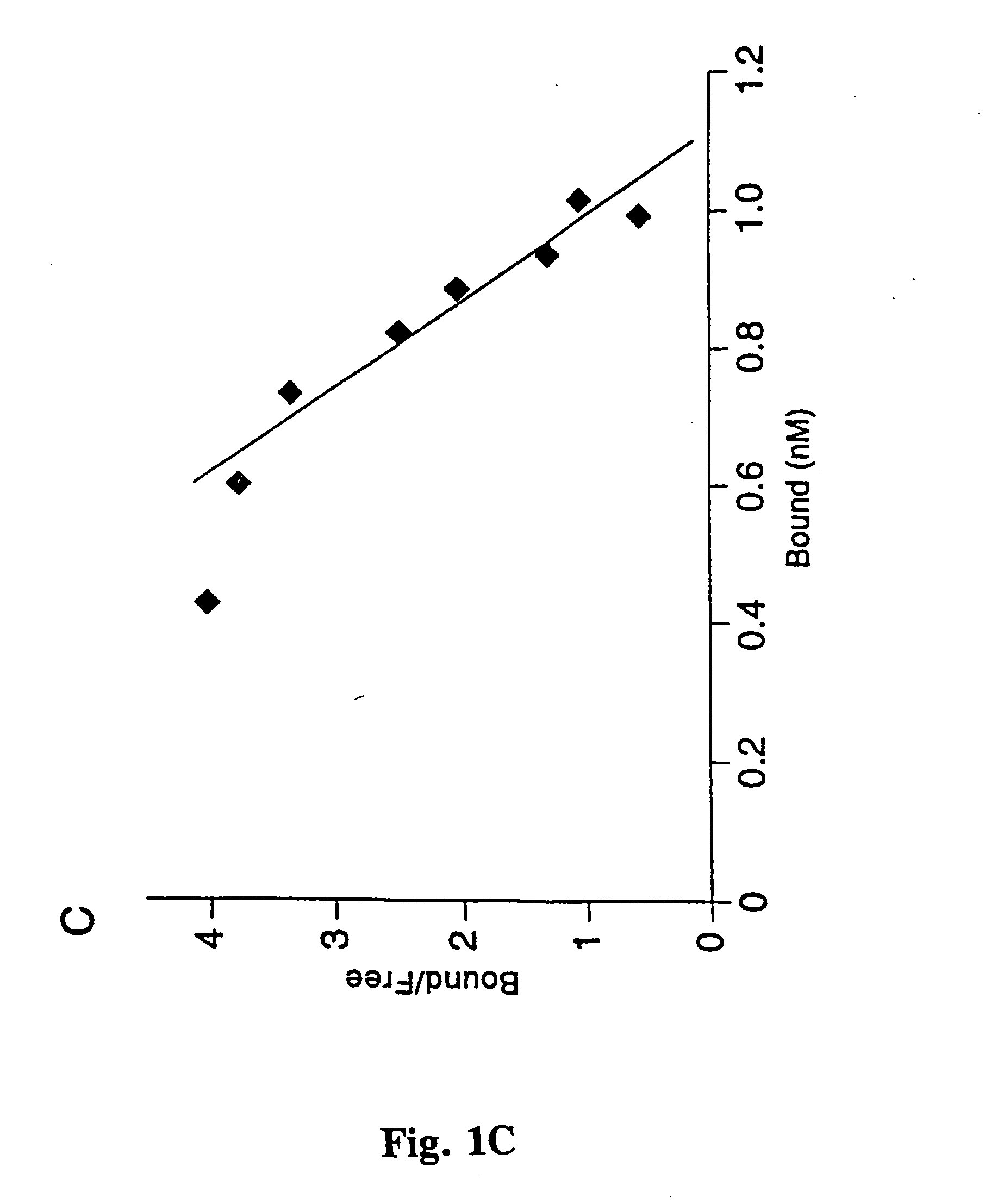Helicobacter pylori adhesin binding group antigen
a technology of adhesin and helicobacter pylori, which is applied in the direction of antigen ingredients, peptide sources, antibodies, etc., can solve the problems of low doses that have not been proven effective in clinical tests, unspecific immunoglobulin, and questionable the practical efficiency of any polyclonal immunological therapy according to the state of the ar
- Summary
- Abstract
- Description
- Claims
- Application Information
AI Technical Summary
Benefits of technology
Problems solved by technology
Method used
Image
Examples
examples
[0056] H. pylori strain CCUG 17875 was obtained from CCUG, Goteborg, Sweden. Strain A5, a gastric ulcer isolate, from Astra Arcus, Sodertlje, Sweden. Strains P466 and MO19 were described previously (Born et. al, Science, 262, 1892(1993)). Strain 26695 came from Dr. K. A. Eaton, The Ohio State University and its genome was recently sequenced by TIGR, Rockville, Md., USA. The panel of 45 H. pylori clinical isolates came from the University Hospital in Uppsala, Sweden. Bacteria were grown at 37.degree. C. in 10% CO2 and 5% O2 for 48 h.
[0057] All blood group antigen glycoconjugates used, i.e. semi-synthetic glycoproteins constructed by the conjugation of purified fucosylated oligosacharides to serum albumin were from IsoSep AB, Tullinge, Sweden. The RIA was performed according to Falk et al. (Meth. Enzymol., 236, 353, 1994) with some modifications; the H-1, Le.sup.b, Le.sup.a, H-2, Le.sup.x and Le.sup.y glycoconjugates were 125I-labeled by the Chloramine T method. 1 ml of bacteria (A600...
PUM
| Property | Measurement | Unit |
|---|---|---|
| molecular weight | aaaaa | aaaaa |
| molecular weight | aaaaa | aaaaa |
| molecular weight | aaaaa | aaaaa |
Abstract
Description
Claims
Application Information
 Login to View More
Login to View More - R&D
- Intellectual Property
- Life Sciences
- Materials
- Tech Scout
- Unparalleled Data Quality
- Higher Quality Content
- 60% Fewer Hallucinations
Browse by: Latest US Patents, China's latest patents, Technical Efficacy Thesaurus, Application Domain, Technology Topic, Popular Technical Reports.
© 2025 PatSnap. All rights reserved.Legal|Privacy policy|Modern Slavery Act Transparency Statement|Sitemap|About US| Contact US: help@patsnap.com



